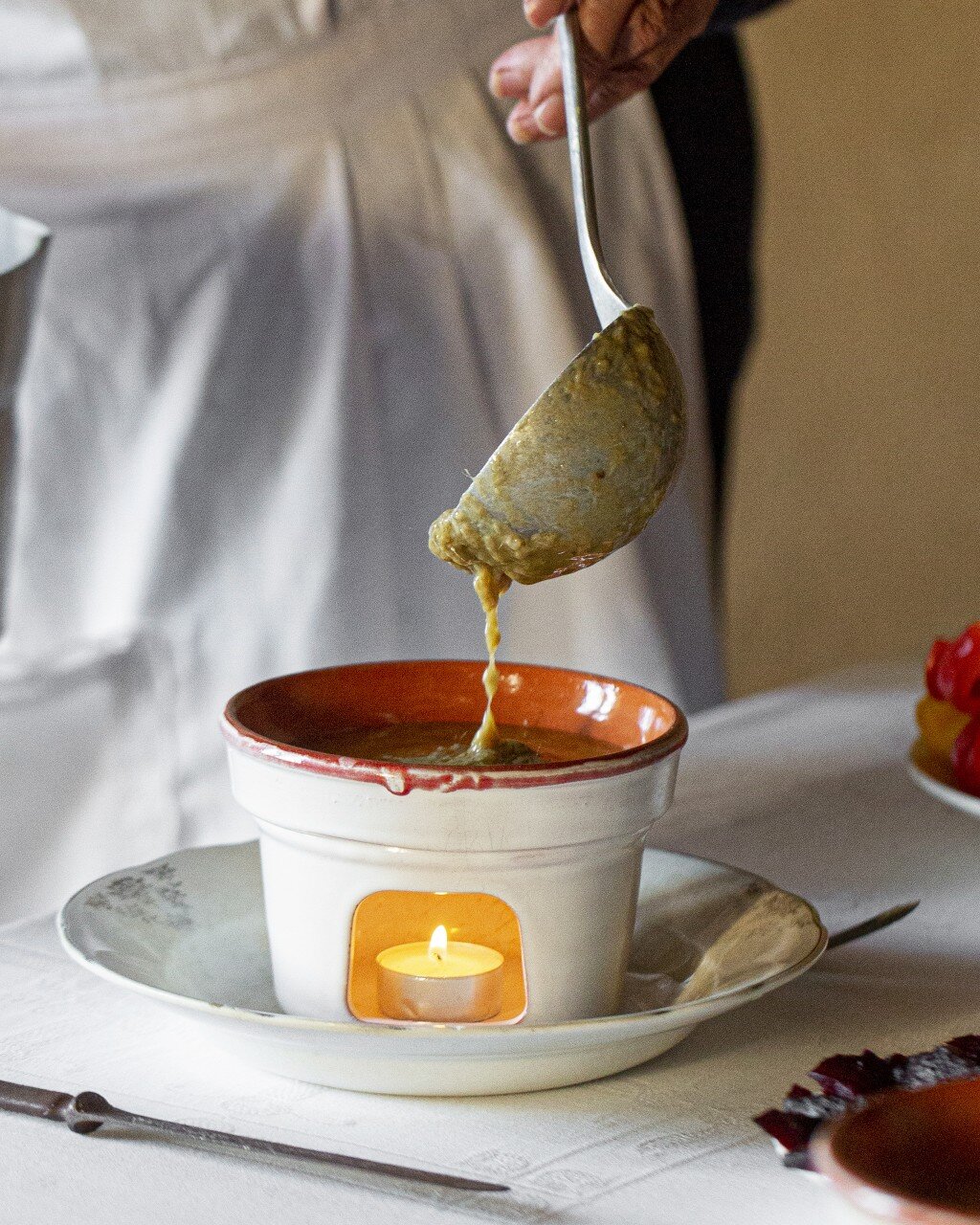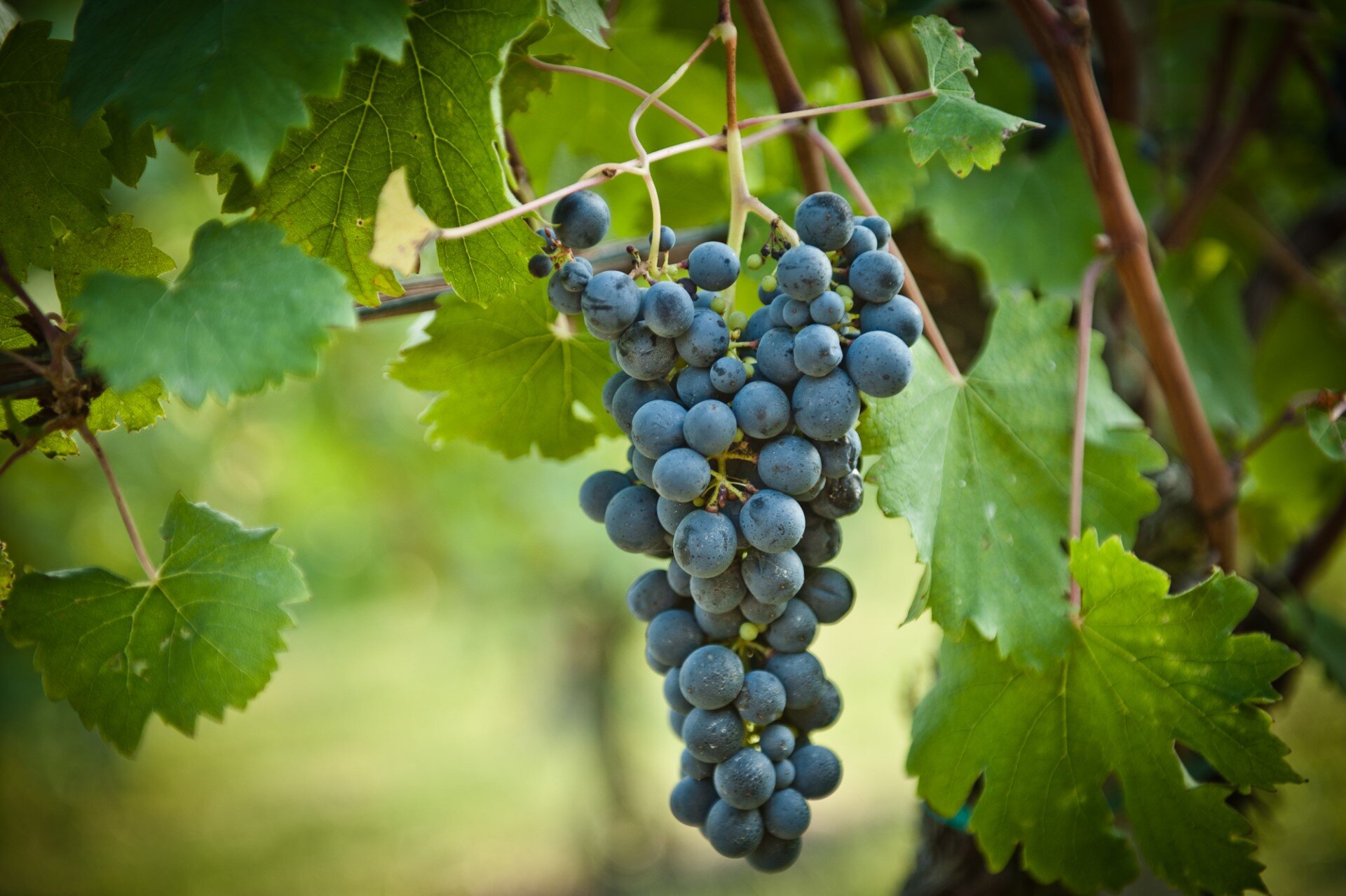Freisa is a red grape variety native of Piedmont, especially prevalent in the area around Asti, Casale Monferrato, Alessandria and near Cuneo. There is no certainty about its origins, but the spread of this variety in Piedmont is documented on some price lists from the 1500s, where a fine wine called Fresearum is mentioned. Mentioned several times in historical documents of the eighteenth century that report it being cultivated in various areas of Piedmont, Freisa is officially described by Conte Nuvolone in the ampelographic treatise: Calendario Georgico della Società Agraria di Torino (1799). There are at least two varieties of this grape: Freisa Piccola, mainly present in the hills and Freisa Grossa, more productive but that gives wines with less character and personality. The second variety is also called Neretta Cuneo or Freisa of Nizza and it is widely used in the area around Pinerolo and Saluzzo. Freisa prefers clay and marl soil, while its resistance to rot makes it suitable to the most humid climates; properties that make this variety especially appreciated, and suitable to be used in different types of wines, both pure and together with other grapes.
FREISA GRAPE
Berry colour: black.Productivity: good.
Leaf: slightly below average size, three-lobed, with slightly pronounced lobes.
Bunch: elongated and well-spaced from each other, medium, round and bluish black berries.
Ripening: Beginning of October.
Wines: Freisa d’Asti Doc, Colli Tortonesi Freisa Doc, Langhe Freisa Doc, Monferrato Freisa Doc, Piemonte Freisa Doc.



